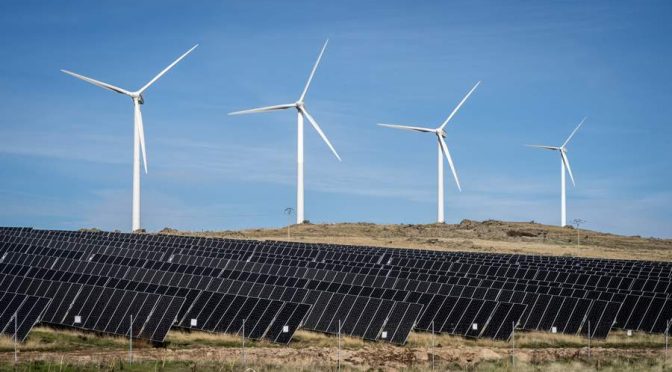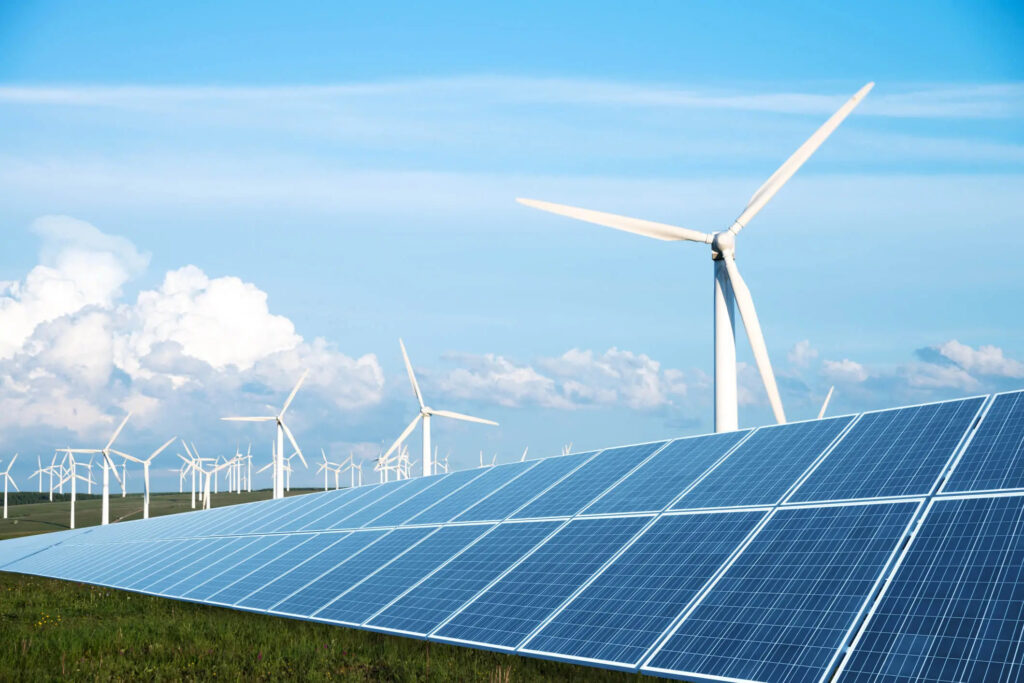
Several hybrid wind projects are in development in South America, with the goal of diversifying the energy mix. These projects mix wind power with extra energy sources, such as solar and hydropower. They make energy systems more reliable and efficient, as well as improving grid stability. Hybrid wind energy projects allow South America to increase its renewable energy capacity. This stems from the region’s abundance of natural and renewable resources. Utilizing these initiatives could help the region achieve its decarbonization targets and switch to sustainable energy. For example, the StatKraft company has announced the development of 14 wind farms in Brazil. Each of these wind farms can generate 5.7 MW of power. Examples of wind farms in South America include the Guajira and Lagoa dos Ventos wind farms.
Key factors for hybrid wind projects in South America
Hybrid projects contribute to overcoming the intermittent nature of renewable energy sources. Hybrid wind projects are gradually increasing in South America, particularly in Brazil and Chile. These projects make use of the region’s abundant wind and solar resources. The development of these projects aims to deliver continuous energy to the grid while also supporting the rising renewable sector. The integration of these renewable sources is critical to grid stability and energy security. They contribute to reduce dependence on fossil fuels and the levelized cost of energy. These projects are ideal for rural, off-grid places in South America.
Potential for wind project in South America.
Hybrid wind projects in South America offer a variety of alternatives that correspond with energy security objectives. These projects are in high demand due to the region’s vast natural assets, commitment to renewable energy, and desire for economic development. The projects have the potential to steer the world toward a more sustainable energy future. This happens while benefiting the economy, society, and the environment. The following are the top opportunities for hybrid projects in South America.

- Renewable energy potential – South America has plenty of wind and solar resources. This is in regions like Patagonia, the Andes and Atacama Desert. It also provides the opportunity to combine wind and hydropower to smooth out fluctuations in energy production.
- Energy security and resilience – hybrid wind projects can reduce reliance on imported fuels. This is beneficial for countries aiming to improve their energy independence. They also provide reliable energy to remote or off grid areas.
- Economic growth and job creation – the development of hybrid wind projects can stimulate local economies. This is by job creation in manufacturing, installation, operation and maintenance. The combination of wind with other energy sources could attract both domestic and international investment.
- Lowering energy costs – these projects can achieve economies of scale by sharing infrastructure. This includes grid connections and transmission lines between wind and other energy sources. The projects can maximize the use of transmission networks and reduce the need for new investments.
- Improving grid stability and flexibility – wind and solar power can balance these fluctuations. This is by providing a more stable energy supply. Integration both battery storage can also enhance the grid stability.
- Environmental and social benefits – hybrid projects can reduce the environmental footprint of energy production. This is by reducing land use and preserving ecosystems. They also provide access to reliable and affordable energy which drives social development.
Challenges for wind projects in South America
These projects give many advantages to South America’s energy infrastructure. This includes energy security, lower carbon emissions, and grid stability. However, they encounter some of obstacles that may impede their development and adoption. Companies, stakeholders, and investors should assess and address these issues to improve their performance. Addressing these difficulties requires concerted efforts from governments, the commercial sector, and local communities. The following are the many issues confronting hybrid wind projects.

- Technical and infrastructure challenges – integrating hybrid systems into existing grids can be a challenge. The grids should have the capacity to handle variable renewable energy sources. This challenge can lead to stability issues and increased costs for grid upgrades. Current storage technologies are expensive and may have limited capacity.
- Economic and financial challenges – the upfront capital costs for hybrid wind projects are relatively high. Securing the financing for these projects can be difficult especially in countries with limited access to affordable credit.
- Regulatory and policy barriers – inconsistent policies, unclear regulations and bureaucratic red tape can delay project approvals and increase costs.